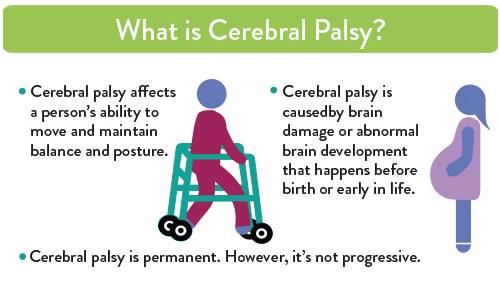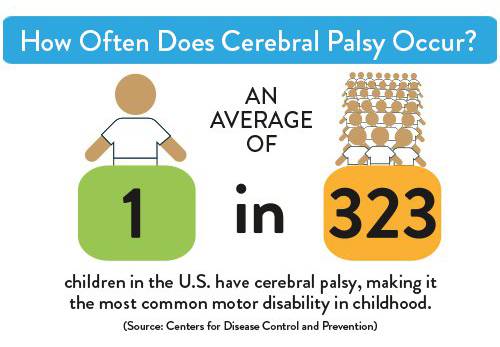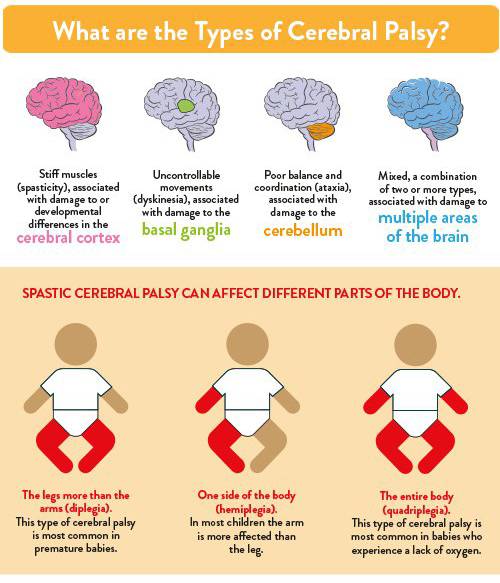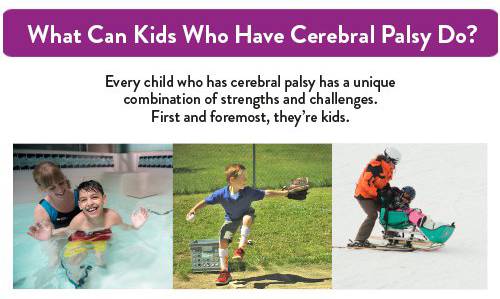-
{care_team_members status="Open|hide from care team page"}
-

{care_team_members:ct_first_name} {care_team_members:ct_last_name}
{care_team_members:ct_full_title}
{/care_team_members}
person:channel_short_name: {person:channel_short_name}
person:
title: {person:title}
-
{links}
{/links}
No category selected to display locations. Locations Dynamic
-
{locations}
- {locations:title} {/locations}
-
{widget}
{widget:widget_content}
- {widget:widget_content:tab_title} {/widget:widget_content} {/widget}
As part of Cerebral Palsy Awareness Month, Gillette Children's put together an infographic to help consumers understand cerebral palsy. Let's dive into each of the graphic's five components:

First, we wanted to demonstrate that cerebral palsy is a group of disorders that affect a person’s ability to move and maintain balance and posture (hence, the walker). Next we wanted to let people know that cerebral palsy is caused by brain damage before birth or early in life. It was also important to point out that cerebral palsy is permanent and nonprogressive -- meaning it can’t be repaired, but it doesn’t get worse.

It's typically useful to offer statistics to give some context about the issue you're talking about in an infographic. That's exactly what we aimed to accomplish above.

There are different types of cerebral palsy, depending on what part of the brain is affected. The color-coordinated depiction of brains and their corresponding descriptions help bring that point across. In addition, the symptoms of cerebral palsy vary from mild to severe. All people who have cerebral palsy have problems with movement and posture. As a result, we show the various types a cerebral palsy and how it impacts the body

It was important for us to to remind readers that even when a child is diagnosed with cerebral palsy, it doesn't mean he or she can't live a happy fulfilling -- and most important -- meaningful life. We demonstrate that above.



